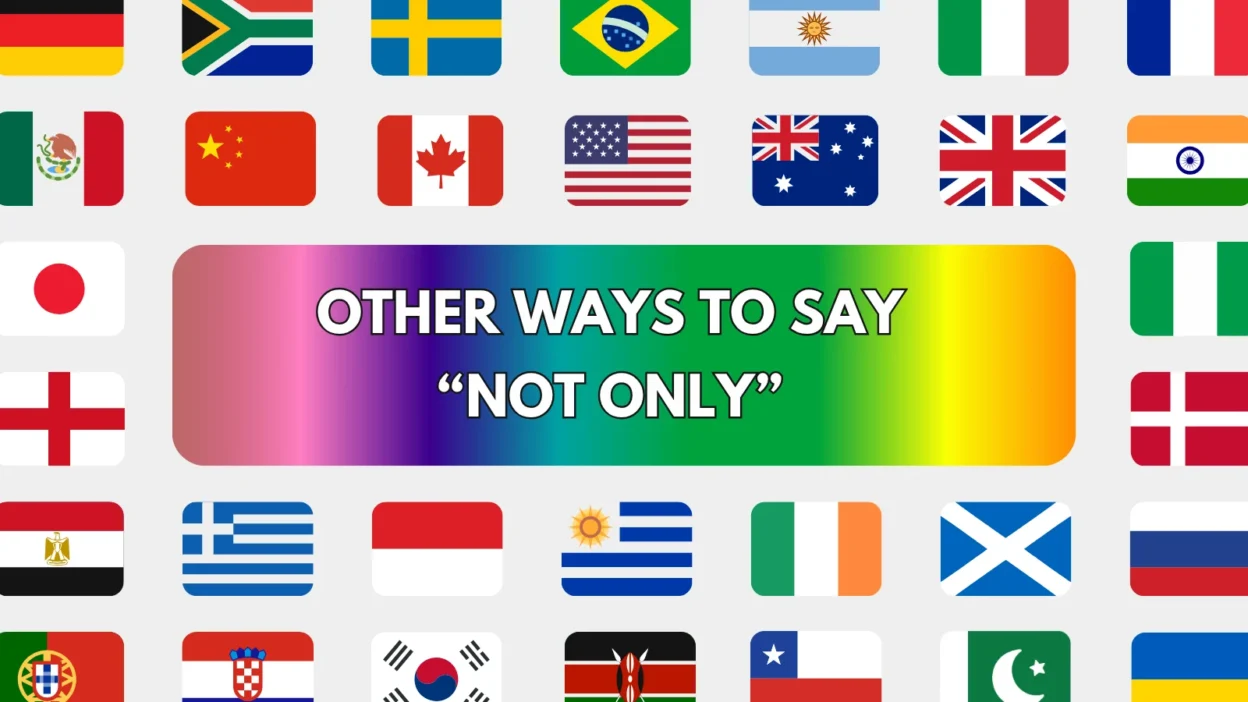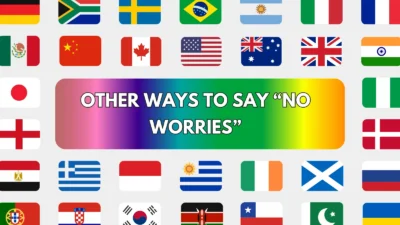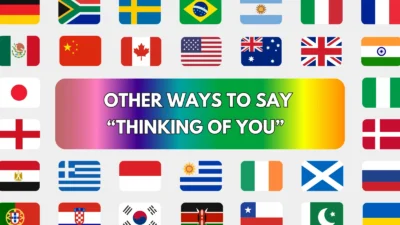The phrase “not only” is commonly used to introduce two related ideas, emphasizing that the first point is significant — but the second one adds even more weight. It’s often paired with “but also” to express dual benefits, qualities, or actions. While effective, overusing “not only” can make your writing sound repetitive or overly formal.
In this article, you’ll discover 25 alternatives to “not only” that bring freshness and variety to your writing and speech — whether you’re writing an academic paper, email, or social media caption.
1. As well as
Meaning:
Used to show that one thing is true in addition to another.
Detailed Explanation:
“As well as” is a softer and more fluid alternative that avoids the formal tone of “not only.”
Scenario Example:
She is skilled in marketing as well as graphic design.
Best Use:
Emails, casual writing, resumes.
Tone:
Smooth, neutral.
2. Along with
Meaning:
Indicates an additional quality, action, or condition.
Detailed Explanation:
“Along with” adds emphasis to an extra element without using a rigid structure.
Scenario Example:
He brought his camera along with several lenses.
Best Use:
Creative writing, instructions, informal documents.
Tone:
Natural, descriptive.
3. In addition to
Meaning:
Indicates that something is being added to an already mentioned fact.
Detailed Explanation:
This phrase is formal, clear, and perfect for structured writing.
Scenario Example:
In addition to teaching, she also leads research projects.
Best Use:
Academic, professional writing.
Tone:
Formal, polished.
4. Plus
Meaning:
Adds something to what has already been mentioned.
Detailed Explanation:
A casual and conversational way to add extra information.
Scenario Example:
The event was educational, plus it was a lot of fun.
Best Use:
Informal writing, marketing.
Tone:
Friendly, upbeat.
5. Moreover
Meaning:
Used to add information that enhances or strengthens a previous point.
Detailed Explanation:
“Moreover” gives a formal, persuasive flow to your ideas.
Scenario Example:
She completed the project on time; moreover, she exceeded expectations.
Best Use:
Essays, reports, speeches.
Tone:
Formal, academic.
6. Furthermore
Meaning:
Provides additional information that supports what’s already been said.
Detailed Explanation:
“Furthermore” works well when expanding on arguments or claims.
Scenario Example:
He arrived early; furthermore, he helped set everything up.
Best Use:
Reports, debates, formal writing.
Tone:
Structured, authoritative.
7. On top of that
Meaning:
Adds another benefit, issue, or feature.
Detailed Explanation:
Used to stress an additional positive (or negative) point, especially in informal contexts.
Scenario Example:
The hotel had a great view, and on top of that, breakfast was free.
Best Use:
Casual speech, blogs, reviews.
Tone:
Conversational, expressive.
8. What’s more
Meaning:
Highlights additional and impressive information.
Detailed Explanation:
A lively way to keep the reader engaged while emphasizing benefits.
Scenario Example:
The course was affordable. What’s more, it offered lifetime access.
Best Use:
Marketing copy, blog writing.
Tone:
Energetic, persuasive.
9. Even
Meaning:
Used to emphasize an extreme or surprising addition.
Detailed Explanation:
“Even” is short and impactful, suitable when emphasizing something unexpected.
Scenario Example:
She worked through lunch, even on weekends.
Best Use:
Informal writing, storytelling.
Tone:
Surprised, emotional.
10. As well
Meaning:
Adds to a statement, much like “also” or “too.”
Detailed Explanation:
Smoother and less structured than “not only,” works well at the end of a sentence.
Scenario Example:
He volunteered at the shelter and donated food as well.
Best Use:
Casual conversation, friendly emails.
Tone:
Warm, flexible.
11. But also
Meaning:
Pairs with “not only” to complete the sentence.
Detailed Explanation:
While often used with “not only,” “but also” can stand alone in the right context to show addition.
Scenario Example:
She’s not just reliable but also incredibly creative.
Best Use:
Professional praise, testimonials.
Tone:
Balanced, formal.
12. To boot
Meaning:
Adds something in addition to what’s already been mentioned.
Detailed Explanation:
This idiom is older and casual, often used for a final, extra point.
Scenario Example:
He’s kind, generous, and funny to boot.
Best Use:
Informal speech, playful writing.
Tone:
Light, humorous.
13. Additionally
Meaning:
Adds further information in a smooth and formal way.
Detailed Explanation:
This is a professional, versatile word that fits many types of writing.
Scenario Example:
Additionally, she managed all communications with clients.
Best Use:
Business, academic writing.
Tone:
Polished, formal.
14. Not to mention
Meaning:
Introduces something that adds to the previous idea, often impressively.
Detailed Explanation:
It implies there’s even more value in the next point.
Scenario Example:
He’s an excellent writer, not to mention a great public speaker.
Best Use:
Informal emails, marketing, blogs.
Tone:
Conversational, engaging.
15. And also
Meaning:
Connects two qualities or actions naturally.
Detailed Explanation:
“And also” is straightforward and flexible, helping you avoid overly complex structures.
Scenario Example:
She’s organized and also great at motivating others.
Best Use:
Everyday writing, conversation.
Tone:
Simple, friendly.
16. Likewise
Meaning:
Indicates something similar or in addition.
Detailed Explanation:
“Likewise” adds elegance and works well in professional settings.
Scenario Example:
She supports local businesses. Likewise, she buys from independent artists.
Best Use:
Essays, business writing.
Tone:
Refined, formal.
17. Equally
Meaning:
Emphasizes both parts of a sentence are of equal importance.
Detailed Explanation:
Great when you want to stress the balance between two points.
Scenario Example:
He’s equally skilled at data analysis and creative design.
Best Use:
Balanced writing, formal documents.
Tone:
Measured, intelligent.
18. Not to forget
Meaning:
Reminds or highlights an additional important point.
Detailed Explanation:
This phrase makes sure readers don’t miss something valuable.
Scenario Example:
The service was excellent — not to forget the delicious desserts.
Best Use:
Reviews, informal articles.
Tone:
Light, friendly.
19. Just as
Meaning:
Shows something has equal importance or effect.
Detailed Explanation:
A good transition when comparing two traits or ideas.
Scenario Example:
She’s just as dedicated to her family as she is to her career.
Best Use:
Essays, lifestyle writing.
Tone:
Balanced, expressive.
20. Together with
Meaning:
Joins two related pieces of information.
Detailed Explanation:
A neat way to combine points and avoid redundancy.
Scenario Example:
He submitted the form, together with all supporting documents.
Best Use:
Formal letters, instructions.
Tone:
Professional, neat.
21. Coupled with
Meaning:
Combines two factors or ideas that work together.
Detailed Explanation:
Great when showing how two qualities enhance each other.
Scenario Example:
Her creativity, coupled with her discipline, makes her unstoppable.
Best Use:
Performance reviews, bios.
Tone:
Elegant, strong.
22. Besides that
Meaning:
Adds extra information that supports the main point.
Detailed Explanation:
A casual way to keep listing benefits or features.
Scenario Example:
The food was delicious. Besides that, the service was excellent.
Best Use:
Blogs, everyday writing.
Tone:
Friendly, clear.
23. What’s even better
Meaning:
Introduces a second point that adds extra appeal.
Detailed Explanation:
Perfect for promotional or persuasive writing where excitement builds.
Scenario Example:
This phone has an amazing camera. What’s even better, it lasts 3 days on a single charge.
Best Use:
Marketing, presentations.
Tone:
Excited, persuasive.
24. Then again
Meaning:
Adds contrast or a surprising additional point.
Detailed Explanation:
Not always positive, this adds a “second thought” element or twist.
Scenario Example:
He seems quiet. Then again, he might just be focused.
Best Use:
Reflective writing, conversations.
Tone:
Thoughtful, casual.
25. With the added benefit of
Meaning:
Introduces something extra and beneficial.
Detailed Explanation:
Shows a bonus feature or result in a polished and clear way.
Scenario Example:
This plan offers unlimited data, with the added benefit of free roaming.
Best Use:
Professional writing, marketing.
Tone:
Confident, value-driven.
Conclusion
Using “not only” helps you show two related ideas, but relying on it too much can make your writing predictable. With these 25 dynamic alternatives, you can add variety and style to your speech and writing while keeping your message clear and effective.




